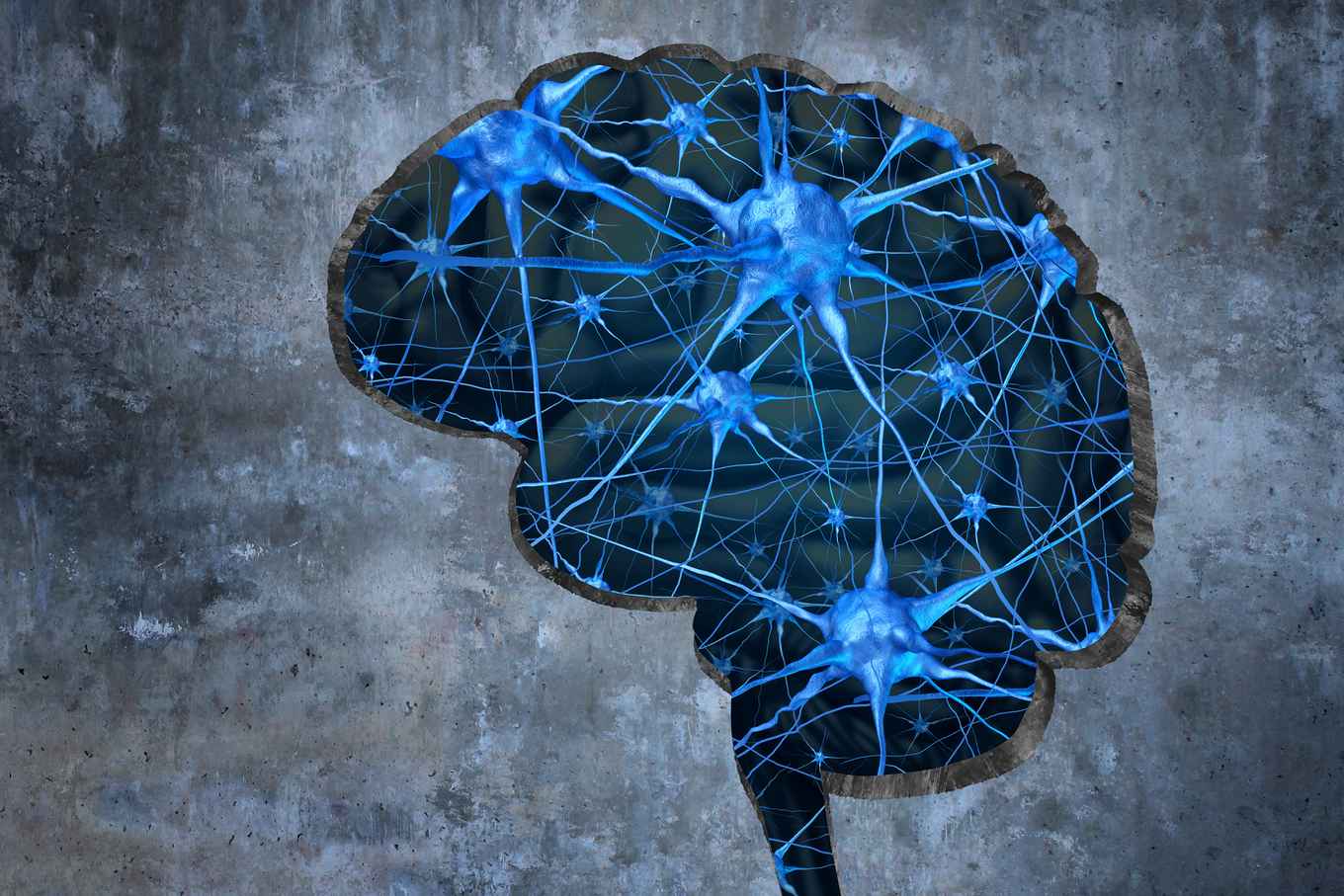Open Competition ENW-M grant for Cyriel Pennartz and Christiaan de Kock
4 February 2022

The Science-M grants are intended for innovative, high-quality, fundamental research and studies involving matters of scientific urgency. De Kock and Pennartz receive 700,000 euros for their project.
Dr Christiaan de Kock specializes in linking neuronal activity in behaving rodents to cell type identification and Prof. Cyriel Pennartz, an expert in electrophysiological recordings in behaving rodents, will investigate which ensembles and (identified) cell-types causally underlie multisensory behaviour. This collaboration was initially launched with support from the Amsterdam Brain & Mind project and is now strengthened with the collaborative grant from NWO.
See, touch, feel! How does our brain combine different senses?
Our brain has specialized regions to encode information from our five main senses. To experience the world around us, senses need to be combined, but we do not yet understand how our brain performs this function. We will test the hypothesis that the cerebral cortex combines information already in areas specialized for a single sense. We will record brain activity in behaving animals performing a combined touch-vision task to understand how multisensory information is coded. Detailed understanding of the mechanisms operating at the level of cells and brain systems can provide clues to develop therapeutic treatments after brain damage.
Source: NWO & Amsterdam Neuroscience